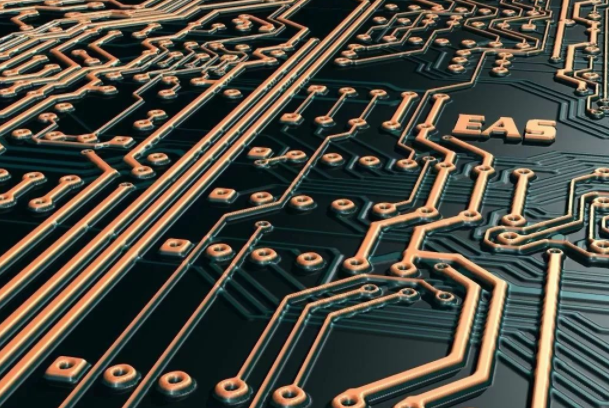What are the classifications of mainstream PCB board materials?
Speaking of PCB boards, I believe everyone will find it very strange. In fact, we often touch the materials of PCB boards in our lives, and the printed circuit boards we usually refer to are bare boards-that is, circuit boards without upper components. Of course, some circuit boards are not printed circuit boards {PCB circuit boards}. Therefore, it can be said that the range of circuit boards is larger, which includes PCB boards. The current mainstream PCB material classification mainly includes the following: using FR-4 (glass fiber cloth base), CEM-1/3 (glass fiber and paper composite substrate), FR-1 (paper-based copper clad laminate), metal Base copper clad laminates (mainly aluminum-based, and a few are iron-based) are the more common types of materials at present, and are generally collectively referred to as rigid PCBs.
As far as a single-sided PCB board is concerned, the single-sided printed circuit board only includes one layer of substrate or substrate. One end of the substrate is coated with a thin layer of metal, usually copper, because it is a good electrical conductor. Generally, a protective solder mask is located on the peak of the copper layer, and a final silk screen coating can be applied to the top to mark the board's components. In addition to single-sided PCBs, there are also double-sided PCBs. This type of PCB is more familiar than single-sided PCBs. Both sides of the substrate of the board include metal conductive layers, and components are also attached to both sides. The holes in the PCB connect the circuits on a single circuit to the circuits on the other side. In addition to the above, there are also multi-layer PCBs that further expand the density and complexity of PCB design by adding additional layers to the top and bottom layers seen in the double-sided configuration. With multiple levels of accessibility in multilayer printed circuit board configurations, multilayer PCBs enable designers to produce very thick and highly composite designs.
In addition, the editor would like to add a knowledge point to you, if it is generally divided into the following types according to the PCB board reinforcement materials:

1. Phenolic PCB paper substrate
This kind of paper substrate is not fireproof, can be punched, has low cost, low price, and low relative density. We often see phenolic paper substrates such as XPC, FR-1, FR-2, FE-3, etc. And 94V0 belongs to flame-retardant paperboard, which is fireproof.
Because this kind of PCB board is composed of paper pulp, wood pulp, etc., it sometimes becomes cardboard, V0 board, flame-retardant board and 94HB, etc. Its main material is wood pulp fiber paper, which is a kind of PCB synthesized by phenolic resin pressure. plate.
2. Glass fiber PCB substrate
Sometimes it also becomes epoxy board, glass fiber board, FR4, fiber board, etc. It uses epoxy resin as adhesive and glass fiber cloth as reinforcement material. This kind of circuit board has a high working temperature and is not affected by the environment. This kind of board is often used in double-sided PCB, but the price is more expensive than the composite PCB substrate, and the common thickness is 1.6MM. This kind of substrate is suitable for various power supply boards, high-level circuit boards, and is widely used in computers, peripheral equipment, and communication equipment.
3. Composite PCB substrate
This kind of powder board is also called powder board, with wood pulp fiber paper or cotton pulp fiber paper as reinforcement material, and glass fiber cloth as surface reinforcement material at the same time. The two materials are made of flame-retardant epoxy resin. There are single-sided half-glass fiber 22F, CEM-1 and double-sided half-glass fiber board CEM-3, among which CEM-1 and CEM-3 are the most common composite base copper clad laminates.
Through the above introduction, I believe that everyone has a certain understanding of PCB board material. There are many PCB board material classifications. Different classifications have different performances and different uses. Therefore, in use, there should be a certain outline of the PCB board material. Understand, only by understanding the material classification of PCBA board, can we use PCB board better. The PCB factory has always adhered to the exquisite technical force, sophisticated production equipment, perfect testing methods, product quality higher than the industry standard, and warm and thoughtful service, which has won praise and welcome from global merchants and users.